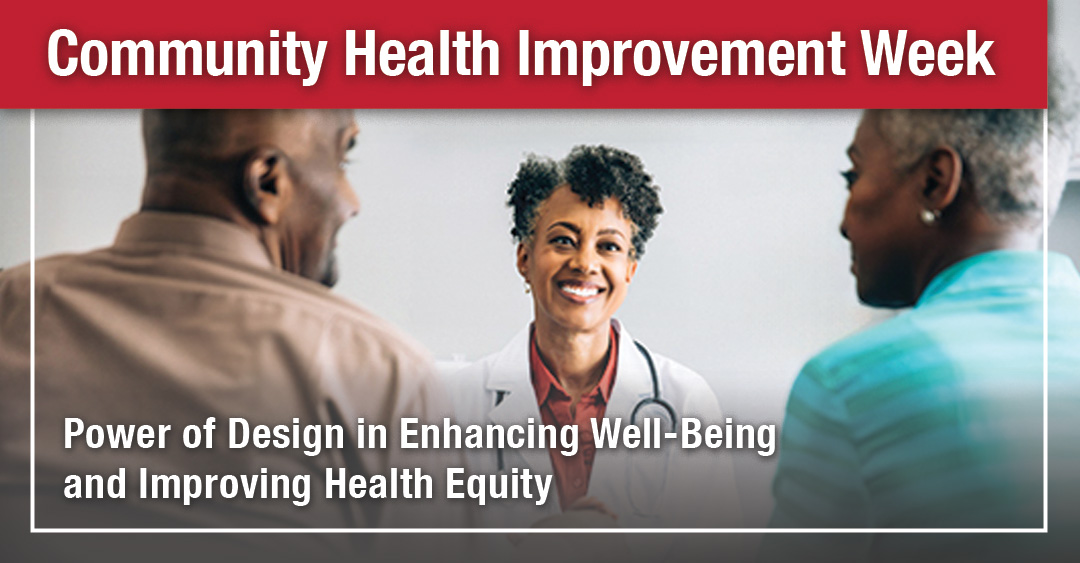DIG is celebrating the American Hospital Association’s Community Health Improvement Week (CHIWeek, June 10-14) by highlighting the pivotal role design plays in enhancing well-being and health equity. Through thoughtful architecture, interior design and environmental graphic design, DIG shapes the delivery of community health services by balancing efficiency with sound design principles to create a welcoming environment.
Currently, the firm’s dedicated Healthcare Studio is working on a wide range of health and wellness projects across New Jersey, Philadelphia and New York City, including Federally Qualified Health Centers (FQHCs). More commonly known as Community Health Centers (CHC), the mission of these health hubs is to provide quality care for underserved areas and populations that have limited access to medical care, although all patients are welcome.
“As architects, we know that the physical environment can positively influence patient outcomes and experiences, staff satisfaction and critical operational efficiencies,” said LoriAnne Jones, DIG senior project manager. “It’s critically important to create a dignified, welcoming and accessible environment that serves as a gateway to health and other essential services for these communities.”
According to Jones, these nonprofits are tackling more than just healthcare. Aside from adult, pediatric, women’s and dental health; diagnostic testing and lab services; and behavioral/mental health treatment, they address literacy, food insecurity, nutrition and workforce development.
With a focus on treating the “whole person” and their families with these essential services, the facility design is developed with flexibility in mind. “Offering specialized services through outpatient facilities such as FQHCs, rather than at large hospitals, helps bridge access to care to those who need it most,” she added.
As part of its process, DIG’s highest priorities are community integration and engagement. The firm’s multi-disciplinary team of architects and interior and graphic designers incorporate multi-purpose spaces for community-health initiatives as well as education, recreation and social interaction.
Taking users and their personal physical, cognitive and emotional health status into account is critical. Well-designed community health spaces consider a diverse population’s full scope of needs by incorporating natural light, soothing colors and comfortable furnishings – all in the name of improving outcomes, fostering inclusivity and access. Of equal importance is how the staff occupies and uses their space, with an emphasis on workflow efficiencies, comfort and communication.
“Strategically located exam rooms and diagnostic services all play a role in facilitating smooth transitions and improving overall facility operations, from the FQHC model to an acute-care hospital, on a larger scale,” said Jones.

